Pakstacintamani and Samanyanirukti of Gangesa with Kanadatippani (Text and English Translation) [PRAKASHIKA - 4]
The present text comprising Cintamani Mula and Kanadatippani on the topics of Paksata and Samanyanirukti belongs to the literature of Navya-Nyaya. Samanyanirukti means the general definition of Hetvabhasa i.e., feigned reason formulated by Gangesa Upadhyaya in the Anumana-section of his Tattvacintamani. After this, there are sections on specific definitions of feigned reasons like Sadharana, Asadharana, Viruddha, Asiddha (three varieties), Satpratipaksa and Badha etc. Texts of these specific definitions are not covered by the present author under the DRS project of Sanskrit Department, R.B.U. and they are published as fascicules by the concerned authority, The aim of Navya-Nyaya is to formulate a correct definition of a concept free from all sorts of faults like absurdity (asambhava), over-application (ativyapti) and narrowness (avyapti) etc. The commentary-works interpret each word and sentence of the basic text and critically explain justification of their inclusion. Sometimes the commentators invent lacunae in the mother text and formulate modification of the same in their own way. In this regard Kanada Tarkavagisa is very much loyal and faithful to the original author and does not suggest any improvement in the reading of the master work. Herein lies the peculiarity of Kanada’s writings. Paksata means a peculiar condition (psycho-objective) necessary for the emergence of inferential cognition. The aim of the text is not only to frame a fault-free definition of Paksata but also to establish the necessity of acknowledging such a condition in addition to other causes of inference.
Get it now and save 10%
BECOME A MEMBER

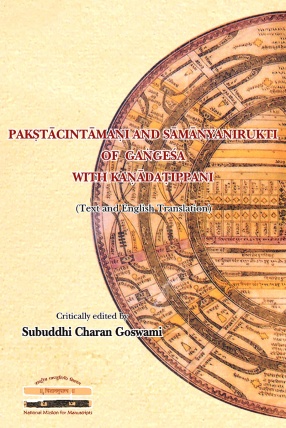
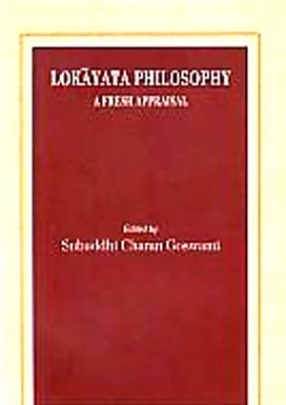
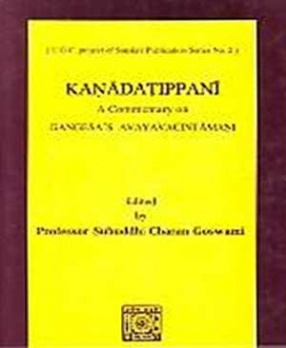
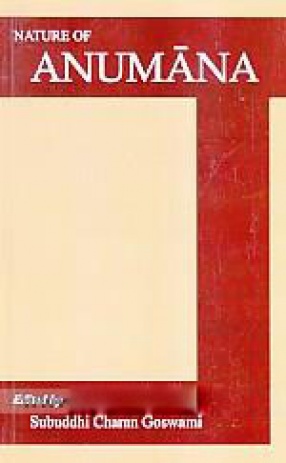
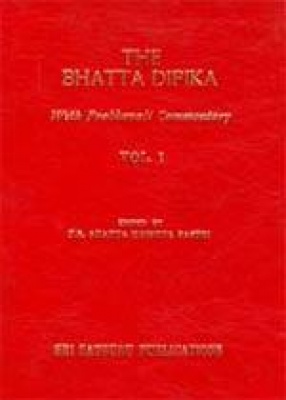

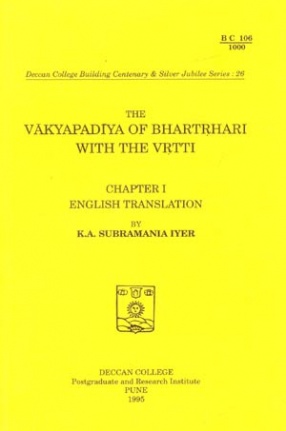
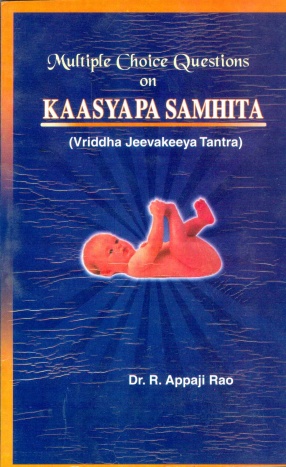

Bibliographic information